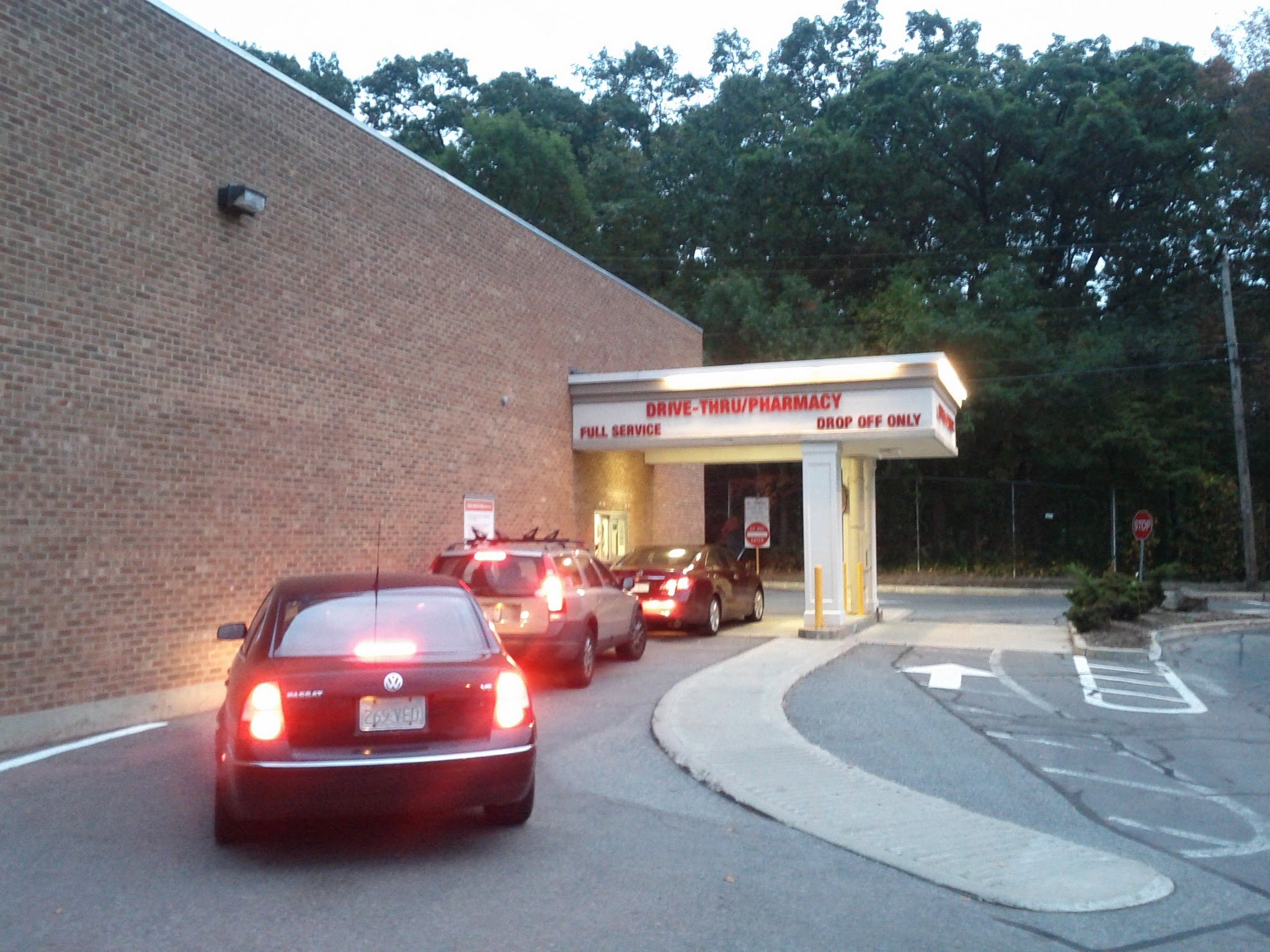New risks of medication errors as pharmacies change the way they dispense prescriptions
 Dispensing errors occur when a pharmacy commits a medication error and patients receive a different drug, a different dosage or a different drug quantity than their doctor prescribed. Sometimes when the doctor prescribed several medications, the pharmacy might also miss one. While most patients realize when the pharmacy did not give them the proper medication, some don’t. Medication errors by pharmacies can result in more harm to a patients and even death in some cases.
Dispensing errors occur when a pharmacy commits a medication error and patients receive a different drug, a different dosage or a different drug quantity than their doctor prescribed. Sometimes when the doctor prescribed several medications, the pharmacy might also miss one. While most patients realize when the pharmacy did not give them the proper medication, some don’t. Medication errors by pharmacies can result in more harm to a patients and even death in some cases.
As doctors, pharmacies and patients are adapting to new safety guidelines related to Covid-19, pharmacies should also create new protocols to prevent the risk of medication errors.
The increase in phone prescriptions as well as not delivering the medication at the counter but offering curbside pick-up, drive-through window, home delivery, or mailing the medication can lead to an increase in medication errors if the pharmacy doesn’t take extra safety steps to prevent them.
How can pharmacies prevent dispensing errors?
There are several ways for pharmacies to reduce the risk of medication error:
- Make sure to always use a two-way identifier for patients such as name and birth date. This information should be displayed on the prescription package so that pharmacy employees giving the medication at curbside or drive-though can effectuate a last check
- When mailing, checking that the mailing address is similar to the address of the patient’s profile in the pharmacy files can reduce the risk of errors
- If a delivery system is being set up with a patient, the pharmacy should contact the patient and verify that the address on file at the pharmacy matches the patient’s actual address
- Pharmacists should identify another way to provide patient’s education and communication that is usually provided at the counter. Calling the patient or leaving a note with the delivery are possible options
- At curbside pick up or drive-through, ask patients to open the bag of prescriptions and to verify it. If the medication is being mailed or delivered to patients, the pharmacy should request patients to immediately check what they received and call the pharmacy with any questions
- Set up protocols to reduce verbal communication issues caused by mask wearing and physical distancing such as repeating the information, spelling drug names or patient names
- Set up similar protocols when taking prescriptions by phone
Read more in Pharmacy Times
Image of a pharmacy drive-through: courtesy of Wikipedia
 New York Personal Injury Attorneys Blog
New York Personal Injury Attorneys Blog


